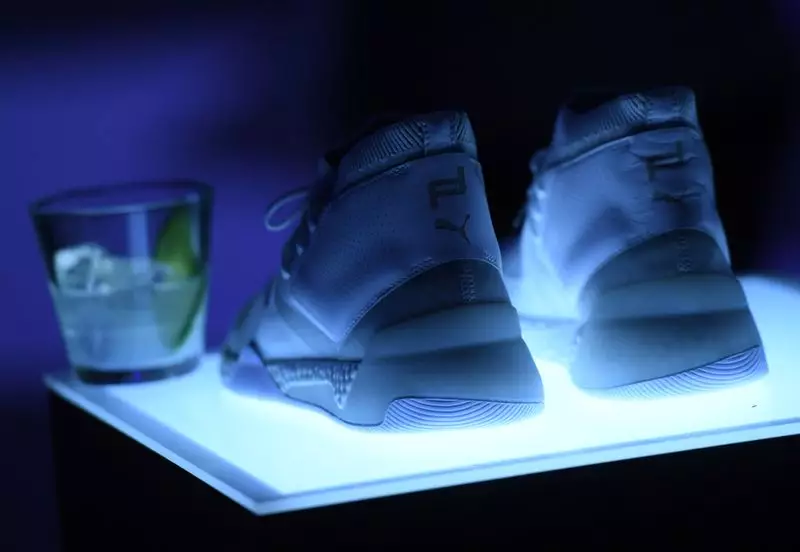Puma, the well-known German sportswear brand, recently faced a significant decline in its market valuation, losing approximately 20% of its worth following the announcement of disappointing sales figures for the fourth quarter and a reduction in annual profit. This downturn has raised alarm bells regarding Puma’s viability to effectively compete against its larger counterparts, Adidas and Nike, especially in a thriving global sportswear market valued at around $400 billion. The market’s reaction to Puma’s latest performance indicates a growing uncertainty among investors about the company’s competitive edge.
Comparative Performance with Rivals
The contrast between Puma’s financial results and those of Adidas underscores the challenges it faces. While Adidas reported robust sales and profitability, highlighting a strong performance in a competitive landscape, Puma’s underwhelming fourth-quarter sales growth of 9.8%—falling short of the anticipated 12%—places the company in a precarious position. Furthermore, Puma’s net profit slipped from 305 million euros to 282 million euros in the previous year, a decline attributed partly to rising interest costs related to its debt obligations. Such comparisons not only reflect poorly on Puma’s strategic execution but also threaten its brand positioning as it navigates an industry where agility and market responsiveness are critical.
In an effort to reclaim market share, Puma has been reintroducing classic footwear models, such as the “Speedcat,” which is inspired by 1990s motor racing culture. However, this try to attract consumers amid stiff competition is reportedly yielding lackluster sales, according to JPMorgan analysts. The “Speedcat” retails at a price similar to Adidas’ Samba, yet one must consider whether consumers see added value in a brand that has traditionally been viewed as less premium.
Moreover, new contenders in the sportswear arena, like On Running and Hoka, have begun to squeeze even traditional giants like Nike, forcing all players in the sector to reevaluate their market strategies. These shifts pose pressing questions about Puma’s brand positioning and its perceived value in a market squeezed by both established and emerging brands.
As investor confidence wavers, analysts are asking critical questions about Puma’s long-term strategy. Deutsche Bank’s Adam Cochrane pointed out that if Puma fails to capture market share even as its larger competitor, Nike, experiences slowing sales, it prompts a critical reassessment of the brand’s attempts at premiumization. The company’s recent marketing investments signal a recognition of the need to elevate brand perception; however, the effectiveness of such efforts remains in question.
Puma’s reported intentions to elevate its earnings before interest and tax (EBIT) margin from 7.1% in 2024 to 8.5% by 2027 indicate an imperative focus on cost-cutting measures. While cost reduction can be a sensible strategy, Barclays analysts have raised concerns that this could distract management from prioritizing sales growth strategies.
Puma recognizes the necessity of strategic investment to bolster its market position amid declining profitability. However, as the ongoing shifts in consumer preferences and competitive dynamics continue to unfold, the brand’s path to growth warrants careful scrutiny. For Puma to not only survive but thrive, it must not only refine its cost management approach but also aggressively innovate and address fundamental issues concerning brand perception and consumer engagement in a landscape dominated by larger and increasingly agile competitors. As 2027 approaches, the coming years will be crucial for Puma to redefine its narrative and ascertain its place in the increasingly precarious sportswear market.

